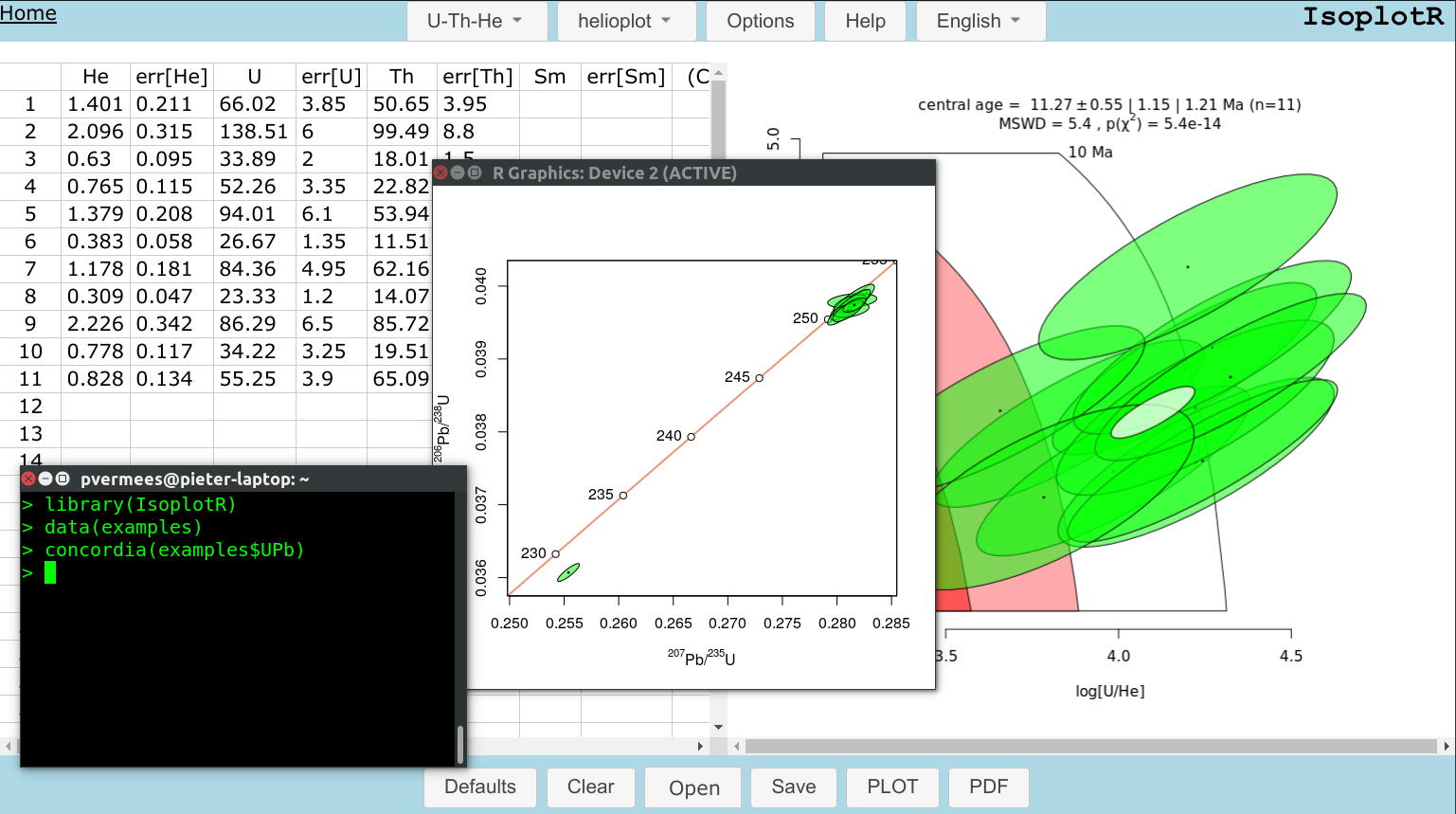A belated welcome to Dr Frances Cooper and Dr Byron Adams, who joined the LGC team in 2023!
Byron is a tectonic geomorphologist who studies how rocks, rivers, and hillslopes respond to climatic, tectonic, and volcanic forcings. He takes a quantitative and multidisciplinary approach to examine the complex and competing influences of climate (e.g. rainfall and glaciation), tectonics (e.g. faulting and uplift), and surface processes (e.g. river incision, and volcanic deposition) on the evolution of landscapes. Through a combination of field work and quantitative techniques including topographic analysis, thermochronology, cosmogenic radionuclide dating, remote sensing, and numerical modelling, his research addresses fundamental questions such as whether climate can influence tectonics or how Earth’s surface will continue to evolve in post-glacial conditions.







